Biodiversity of Indian Sunderbans recorded in one compendium for first time
Zoological Survey of India has, for the first time, published a detailed record of the animal and protozoa species of the Sunderban of West Bengal. The compendium, called Fauna of Sundarban Biosphere Reserve, lists 25 diverse phyla under two large animal kingdoms — Protista and Animalia — and 2,626 species in all.
- Zoological Survey of India has, for the first time, published a detailed record of the animal and protozoa species of the Sunderban of West Bengal.
- Sunderbans forests, locally known as Badabon, are one of the richest biodiversity hotspots in India. This UNESCO World Heritage site is known for its mangroves, coastal forests that serve as a biological buffer between the land and sea.
- This unique ecosystem is famous for the royal Bengal tiger, Gangetic dolphin, and estuarine crocodile.
Sunderbans forests, locally known as Badabon, are one of the richest biodiversity hotspots in India. This UNESCO World Heritage site is known for its mangroves, coastal forests that serve as a biological buffer between the land and sea. The unique ecosystem is famous for the royal Bengal tiger, Gangetic dolphin, and estuarine crocodile. It also provides shelter to a large variety of birds, fishes, spiders, reptiles, oysters, and crabs. The forest forms a part of the Ganga Brahmaputra delta, spread across 26,000 square kilometers and distributed amongst 104 islands.
Kailash Chandra, Director of the Zoological Survey of India, Kolkata, says that “the information about the faunal diversity of Sunderbans was scattered, therefore, we took the initiative of documenting the organisms of Sundarban Biosphere Reserve, which we have accomplished in this compendium.”
In addition to the famous tigers of these islands, the compendium is full of hundreds of pictures of the 50 mammalian species found in the region, including the Asian small-clawed otter, grey and marsh mongoose, civet, leopard cat, jackal, and Indian fox. Also included are 356 species of birds, including raptors like osprey, Brahminy kite, and white-bellied sea eagle, that occupy the highest canopies of the forest. The forest also harbors 11 species of turtles, 13 lizards, 37 snakes, 10 toads, more than 350 species of fishes, and 173 mollusks, which have adapted themselves to harsh environments. The manual also lists around 753 species of insects ranging from bees, ladybird, mantis, flies, midges, and butterflies. A long list of spiders is also provided.
An important highlight of the compendium is that it raises concerns about the impacts of climate change that the Sunderbans are experiencing right now. The salinity profile, which is critical for the existence of mangroves, is increasing and adversely affecting the biodiversity in the region. Rapid urbanization, unregulated tourism, and cement construction on coasts are also taking a toll.
“The mangrove swamp is shrinking and numbers of mammalian species is on a decline. The swamp deer, barking deer, hog deer, Javan rhino, and the Asiatic wild water buffalo have not been seen since a very long time,” Chandra says. Rhesus macaques exist in good numbers but their populations are also declining, he adds.
The compendium aims to serve as a manual and reference for scientists and researchers. “Recording the wildlife and environmental conditions of Sunderbans will take us a long way to preserve this unique mangrove ecosystem,” according to Chandra.
The compendium was compiled by Kailash Chandra, JRB Alfred, Bulganin Mitra, and Biswajit Roy Chowdhury at the Zoological Survey of India, Kolkata, Government of India.

Gangetic Dolphin (Platanista gangetica). Photo Credit: Contributors of the Compendium by the Zoological Survey of India, Kolkata, India.
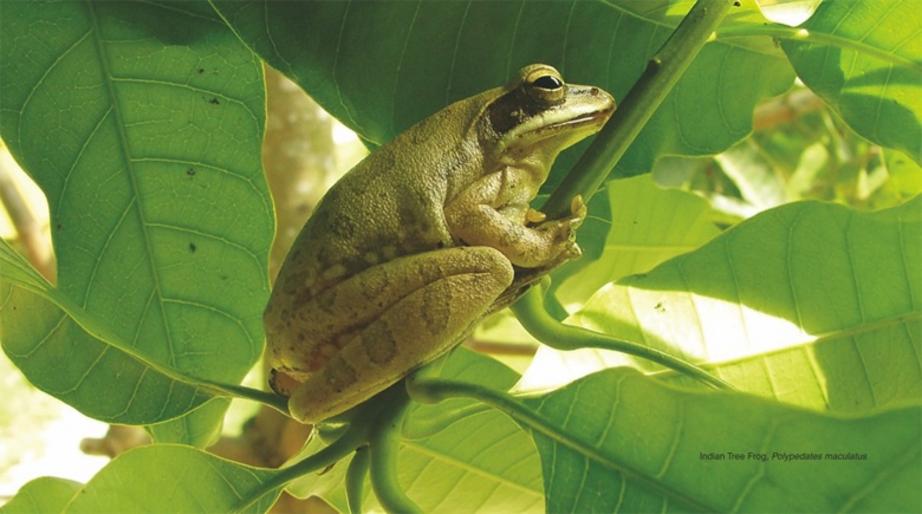
Indian Tree Frog (Polypedates maculatus). Photo Credit: Contributors of the Compendium by the Zoological Survey of India, Kolkata, India.
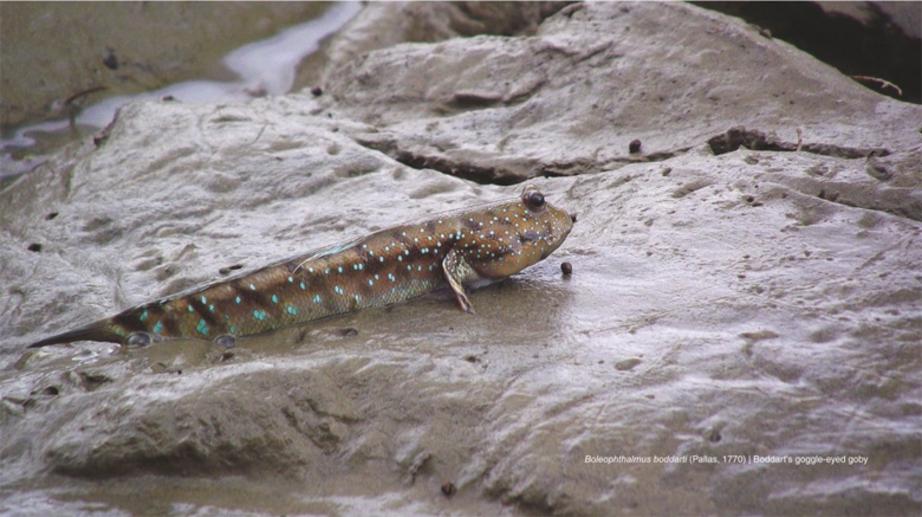
Boddart’s goggle-eyed goby (Boleophthalmus boddarti). Photo Credit: Contributors of the Compendium by the Zoological Survey of India, Kolkata, India.

Mangrove horseshoe crab (Carcinoscorpious rotundicauda). Photo Credit: Contributors of the Compendium by the Zoological Survey of India, Kolkata, India.
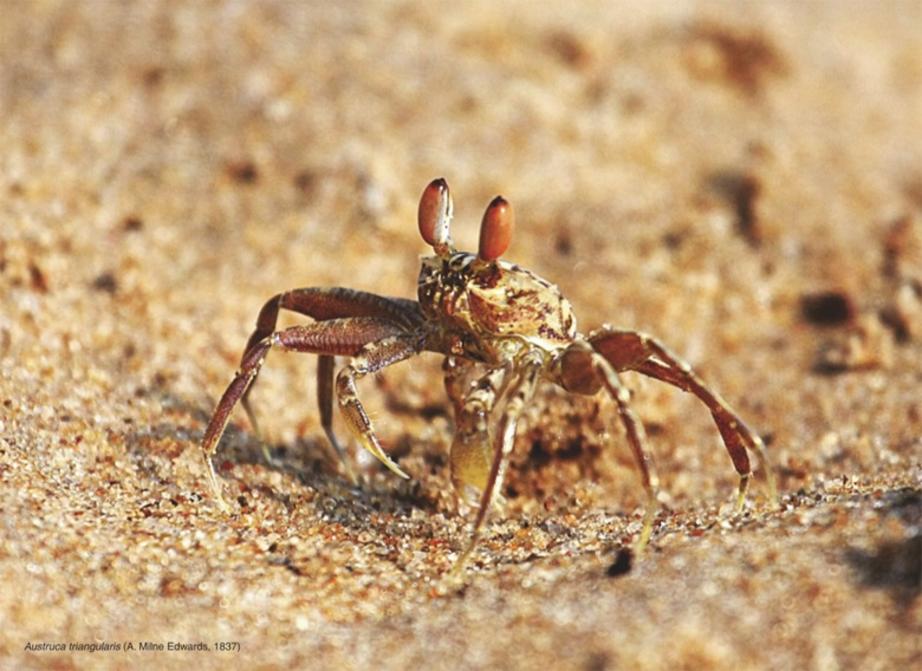
Triangular fiddler crab (Austruca triangularis). Photo Credit: Contributors of the Compendium by the Zoological Survey of India, Kolkata, India.

Araneus panchganiensis. Photo Credit: Contributors of the Compendium by the Zoological Survey of India, Kolkata, India.

Asian small-clawed otter (Aonyx cinereus). Photo Credit: Contributors of the Compendium by the Zoological Survey of India, Kolkata, India.
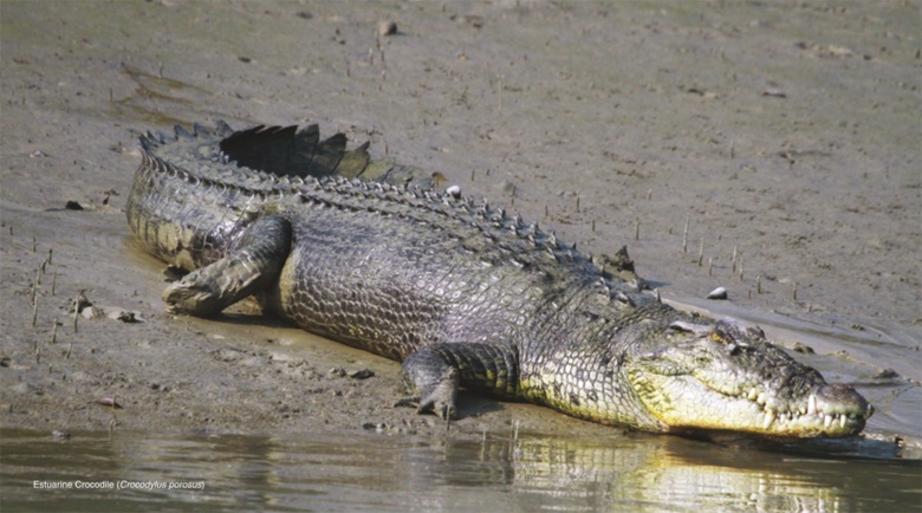
Estuarine Crocodile (Crocodylus porosus). Photo Credit: Contributors of the Compendium by the Zoological Survey of India, Kolkata, India.

Fishing cat (Prionailurus viverrinus). Photo Credit: Contributors of the Compendium by the Zoological Survey of India, Kolkata, India.
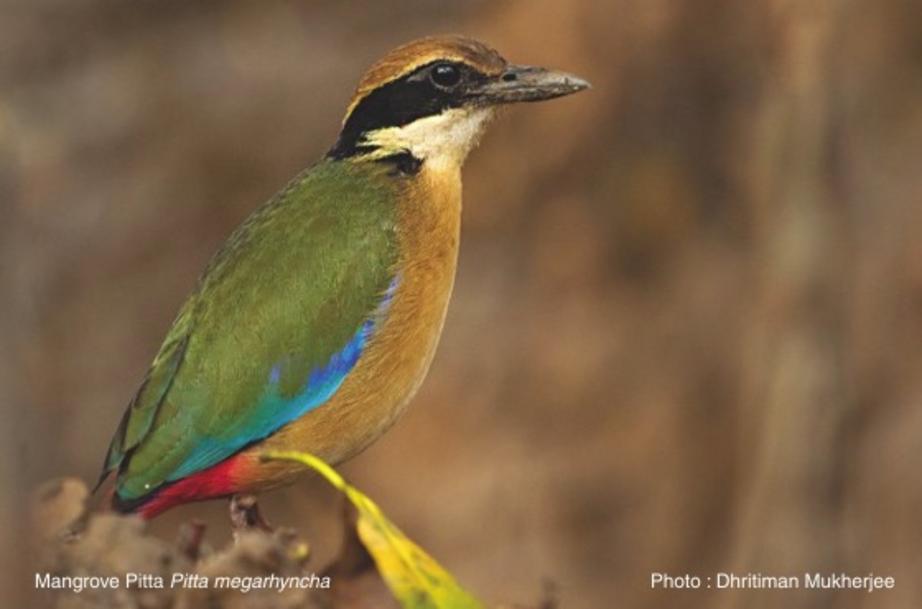
Mangrove Pitta (Pitta megarhyncha). Photo Credit: Dhritiman Mukherjee / Contributors of the Compendium by the Zoological Survey of India, Kolkata, India.
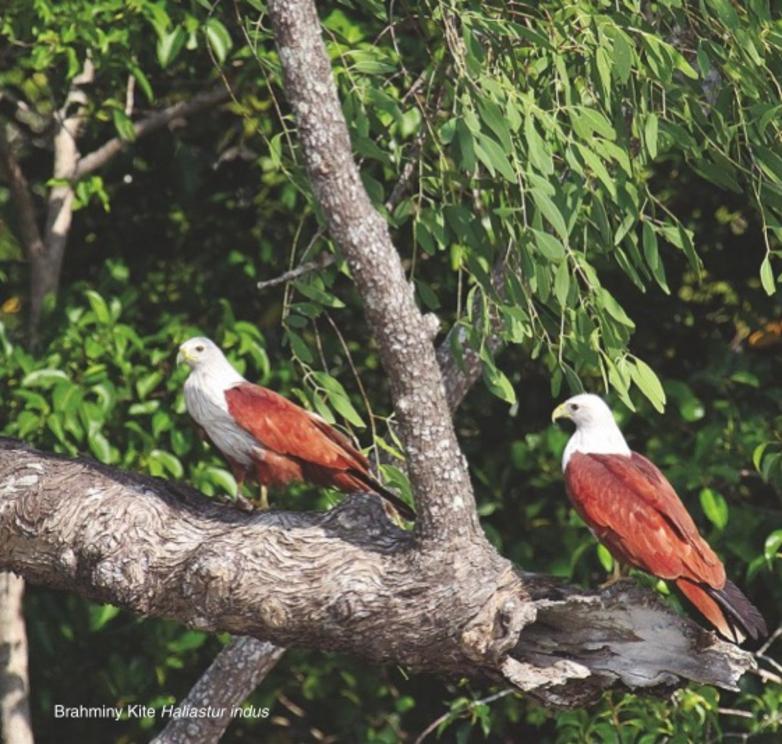
Brahminy Kite (Haliastur indus). Photo Credit: Contributors of the Compendium by the Zoological Survey of India, Kolkata, India.

A Sunderban tiger, also known as the Royal Bengal tiger. Photo by Pradeep Vyas / Contributors of the Compendium by the Zoological Survey of India, Kolkata, India.
For the rest of this article please go to source link below.
